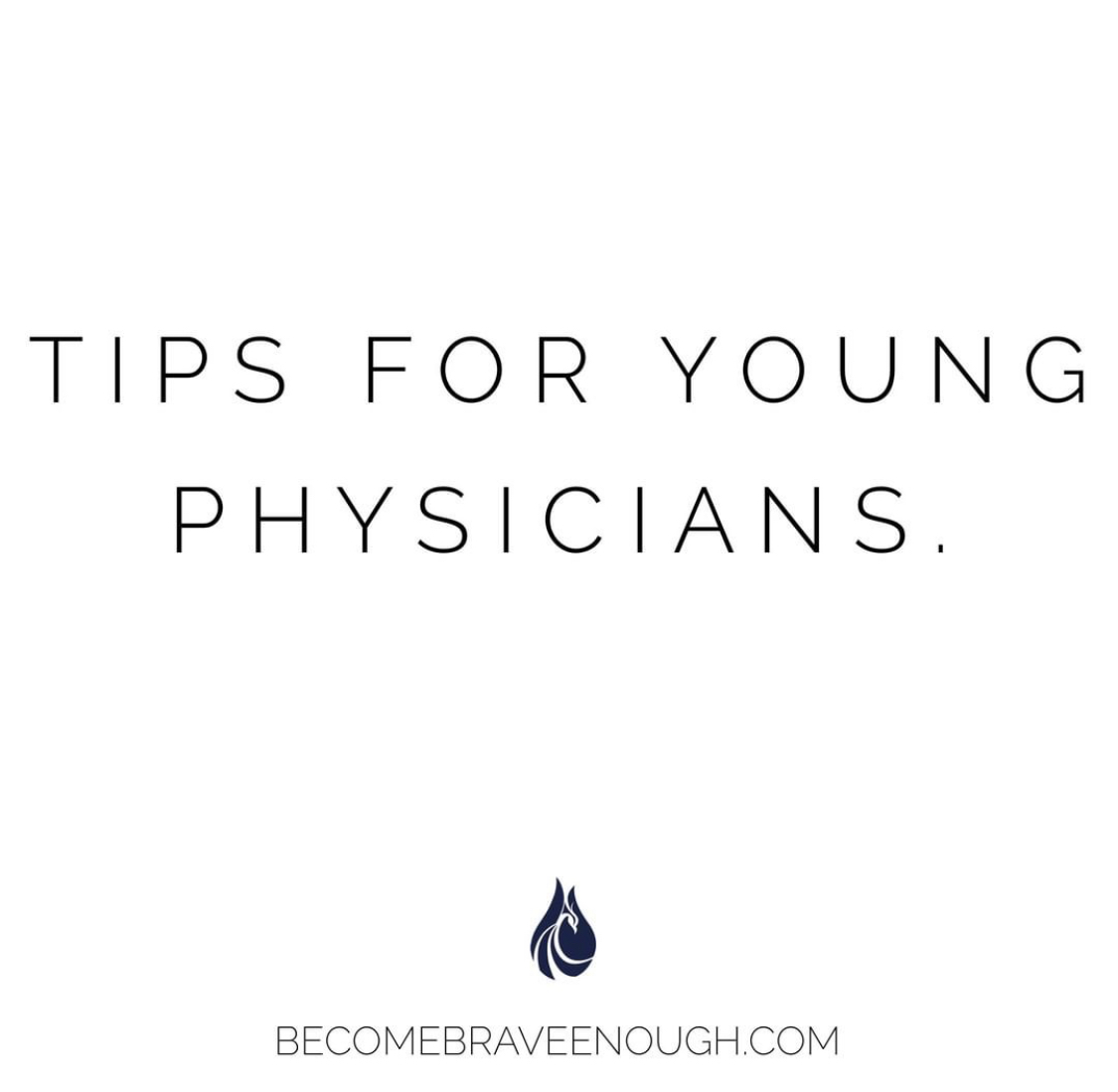Now I am a gynaecologist and sonologist (def: lexico.com/en/definition/…).
My perspective on many aspects of gynaecology has changed.
This is a tweetorial on OVARIAN CYSTS.
Inspired by the @iotacongress group and @isuog
doi.org/10.1046/j.1469…
1/
Most cysts found within/next to an ovary are normal.
Two examples: 1- follicular cysts and 2- corpus luteum cysts.
2/
@GynaecologyUS
3/
4/
5/
6/
7/
Formerly "complex":
1- Hemorrhagic (benign), 2- Endometrioma (benign), 3 -Dermoid (benign), 4- Malignant tumour with ascites.
Formerly "simple":
Serous cystadenoma (benign)
Now wouldn't this be helpful?
8/
iotagroup.org
For Easy Descriptors and Simple Rules: doi.org/10.1016/j.ygyn…
9/
Patients are always shocked to learn this!
10/
That's all, for now. This is not an exhaustive tweetorial.
Questions/comments about ovarian cysts? ⬇️
FIN




